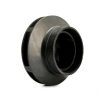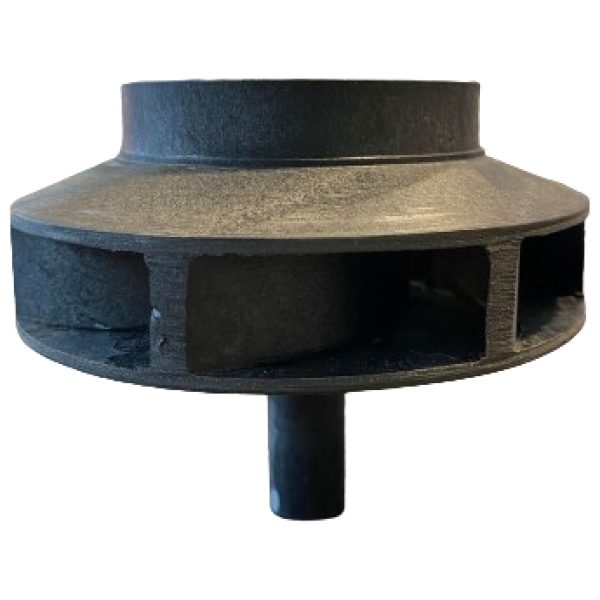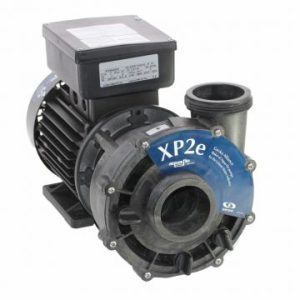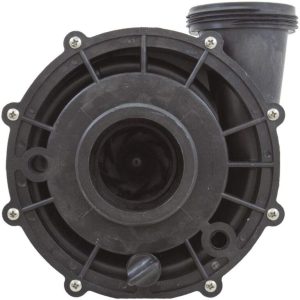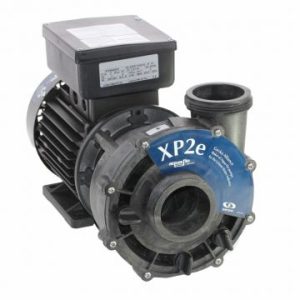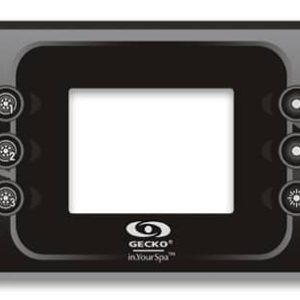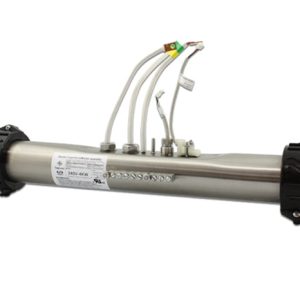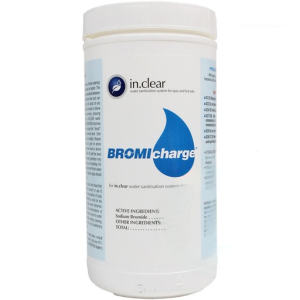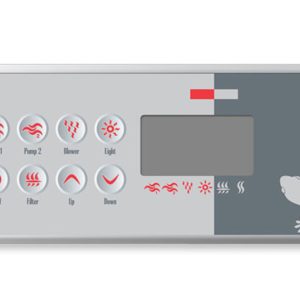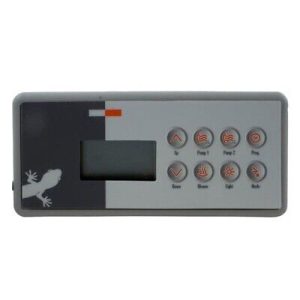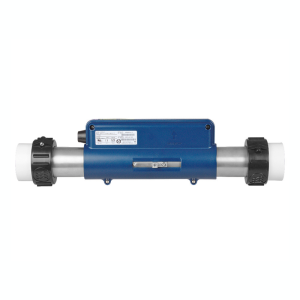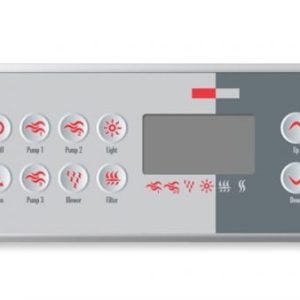Gecko XP2e impeller 2.5HP (4HP at 60Hz)
£28.50 Inc VAT
10 in stock
Gecko XP2e Impeller: Powering Your Hot Tub Experience
Product Overview
As an experienced hot tub enthusiast and spare parts supplier, I’m excited to introduce you to the Gecko XP2e impeller. This powerful component is designed to enhance your hot tub’s performance and ensure a relaxing, invigorating experience every time you step into your spa.
The Heart of Your Hot Tub’s Circulation System
The Gecko XP2e impeller is a crucial part of your hot tub’s pump system. It’s responsible for circulating water through your spa, ensuring proper filtration, heating, and jet function. With its robust design and efficient performance, this impeller keeps your hot tub running smoothly and quietly.
Key Features
- High Performance: Rated at 2.5 HP (4 HP at 60Hz), this impeller provides ample power for most residential hot tubs.
- Durability: Constructed from high-quality black plastic, it’s built to withstand the demands of continuous operation in warm, chemically treated water.
- Compatibility: Specifically designed for the Gecko XP2e 2.5HP pump, ensuring a perfect fit and optimal performance.
- Efficient Design: The carefully engineered shape of the impeller blades maximizes water flow while minimizing energy consumption.
Why Choose the Gecko XP2e Impeller?
- Reliable Performance: Gecko is a trusted name in the hot tub industry, known for producing high-quality, long-lasting components.
- Easy Replacement: This impeller is designed for straightforward installation, making it an ideal choice for DIY hot tub maintenance enthusiasts.
- Energy Efficiency: The optimized design helps maintain your hot tub’s performance while potentially reducing energy costs.
- Quiet Operation: Enjoy your spa’s tranquil atmosphere with this smooth-running impeller.
Installation Tips
When installing your new Gecko XP2e impeller, ensure that:
- The pump is completely drained and disconnected from power.
- The old impeller is removed carefully to avoid damage to the pump shaft.
- The new impeller is securely fastened to the pump shaft.
- All seals and O-rings are properly seated before reassembly.
Technical Specifications
Here’s a detailed breakdown of the Gecko XP2e impeller specifications:
| Specification | Detail |
|---|---|
| Type of Product | Wet end impeller |
| Manufacturer | Gecko30 |
| Color | Black |
| Material | Plastic |
| Horse Power | 2.5 HP (4 HP at 60Hz) |
| Compatible Pump | Gecko XP2e 2.5HP |
| Outer Diameter | [Specific measurement to be added] |
| Intake Outer Diameter | [Specific measurement to be added] |
| Height (stood on shaft) | [Specific measurement to be added] |
| Shaft Attachment | [Specific details to be added] |
| Space Between Front and Rear Plate | [Specific measurement to be added] |
Note: The impeller’s Horse Power rating on the package will show the 60Hz rating.
Maintenance and Care
To ensure the longevity and optimal performance of your Gecko XP2e impeller:
- Regularly inspect for any signs of wear or damage.
- Keep your hot tub’s water chemistry balanced to prevent corrosion.
- Clean the impeller periodically to remove any debris or mineral buildup.
- If you notice any unusual noises or decreased water flow, consider checking the impeller for potential issues.
By choosing the Gecko XP2e impeller for your hot tub, you’re investing in a high-quality component that will help maintain your spa’s performance for years to come. Its robust construction, efficient design, and reliable operation make it an excellent choice for hot tub owners who value quality and performance.
Remember, proper maintenance and timely replacement of worn parts like impellers can significantly extend the life of your hot tub and enhance your overall spa experience. If you have any questions about installation or compatibility, don’t hesitate to reach out – I’m here to help you make the most of your hot tub!
What is a Pump Impeller?
A pump impeller is a crucial component of a centrifugal pump, including those used in hot tubs and spas. Its primary function is to move water or other fluids within the pump system. Here's how it works:
-
Blades or Vanes: The impeller consists of curved blades or vanes that are attached to a central hub. These blades can vary in number and design depending on the specific pump's intended use and performance requirements.
-
Rotation: The impeller is mounted on a shaft connected to an electric motor, which provides the rotational power. As the motor spins the shaft, the impeller also rotates.
-
Fluid Movement: When the impeller spins, it generates a centrifugal force that propels the fluid, in this case, water, from the center of the impeller to its outer edges. This action creates a low-pressure area at the center (suction side) and a high-pressure area at the outer edges (discharge side) of the impeller.
-
Suction and Discharge: The water is drawn into the pump's inlet (suction side) and passes through the impeller. The rapidly spinning blades push the water outward, increasing its kinetic energy and pressure. This high-pressure fluid is then discharged through the pump's outlet to the desired location, such as jets in a hot tub.
The impeller's design, size, and materials can vary, depending on the pump's intended application and capacity. In hot tubs and spas, the impeller's role is to circulate water through the system, ensuring proper filtration, heating, and jet propulsion. Over time, impellers can wear or become damaged, and they may need to be replaced to maintain the pump's efficiency and water circulation in the hot tub.
How do I know when I need to replace an Impeller?
Determining when to replace a pump impeller in your hot tub can be based on a few key signs and symptoms. Here are some common indicators that it may be time for impeller replacement:
-
Reduced Water Flow: If you notice a significant reduction in the water flow or a decrease in the power of your jets, it could indicate an issue with the impeller. Reduced water flow can impact the overall performance and enjoyment of your hot tub.
-
Strange Noises: Unusual noises, such as grinding, rattling, or squeaking sounds coming from the pump, might indicate that the impeller is damaged or worn. If you hear these noises, it's a good idea to investigate and potentially replace the impeller.
-
Leaking Pump: A leaking pump can be a sign of a damaged impeller or a worn-out pump seal. If you observe water leaking from the pump area, it's essential to check the impeller's condition and replace it if necessary.
-
Overheating: An overheating motor can result from reduced water flow caused by a problematic impeller. If you notice the motor running hotter than usual or shutting off due to overheating, inspect the impeller for damage.
-
Inefficient Water Circulation: Insufficient water circulation can lead to water quality issues in your hot tub, such as poor filtration and uneven heating. If you observe these problems, a worn or damaged impeller could be the culprit.
-
Visible Damage: If you can see physical damage to the impeller, such as broken or bent blades, cracks, or wear, it's a clear sign that it needs replacement. Visual inspection is a straightforward method for assessing impeller condition.
-
Regular Maintenance: As part of your regular hot tub maintenance routine, consider checking the impeller during scheduled servicing. Over time, impellers may accumulate debris or wear naturally, so inspecting and cleaning them can prevent more severe issues.
Replacing a damaged or worn impeller promptly is essential to maintain the proper functioning of your hot tub's pump and to ensure that water is circulated effectively. If you notice any of the above signs, it's a good idea to consult your hot tub's user manual or contact a professional technician to assist with the replacement process.
How can I select the correct impeller for my pump?
Selecting the correct impeller for your pump is crucial to ensure optimal performance and water circulation in your hot tub. Here are the steps to help you choose the right impeller:
-
Identify Your Pump Model: First, you need to know the make and model of your hot tub's pump. This information is typically located on the pump's housing or in the user manual. You can also check for a nameplate or label that provides details about the pump.
-
Check the Impeller Type: There are different types of impellers, such as closed-face impellers, semi-open impellers, and open-face impellers. The type you need depends on your pump's design. Make sure to select the impeller type that matches your existing impeller.
-
Determine the Impeller Size: Impellers come in various sizes, which are typically specified by their diameter (e.g., 3 inches, 4 inches). Measure the diameter of your current impeller to ensure you get the right size. If the impeller is damaged or missing, you may need to consult your pump's manual or contact the manufacturer for the correct size.
-
Material Compatibility: Impellers can be made of different materials, including plastic, brass, and stainless steel. The material choice may depend on the pump's design and your water chemistry. Ensure that the new impeller's material is compatible with your specific pump and hot tub environment.
-
Flow Direction: Impellers are designed to rotate in a specific direction (usually clockwise or counterclockwise). Confirm the flow direction of your old impeller and select a replacement that matches this direction.
-
Consult the Manufacturer: If you're uncertain about which impeller to choose, don't hesitate to reach out to the pump or hot tub manufacturer. They can provide guidance on the correct impeller for your pump model.
Choosing the correct impeller is vital for maintaining your hot tub's performance and ensuring efficient water circulation. Taking the time to identify the right impeller based on your pump's specifications will help prevent issues and prolong the life of your hot tub system.
You may also like…
Pumps and Pump Parts
Pumps and Pump Parts
Gecko XP2 2HP* 56f (6.1 inch Euro Legs) Wet End Assembly (2×2)
Pumps and Pump Parts
Related products
Control Boxes, Spa Packs & Topside Controls
Chemicals & Accessories
Heating
Control Boxes, Spa Packs & Topside Controls
Control Boxes, Spa Packs & Topside Controls
Heating
Control Boxes, Spa Packs & Topside Controls

